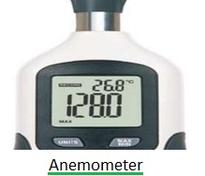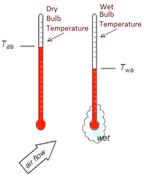
Accuracy vs. Repeatability: Understanding the Key Differences
Explore the differences between accuracy and repeatability in measurements. Learn how they relate to each other and why both are essential for reliable results.
Showing 20 posts (Page 1 of 3)
Advertisement

Explore the differences between accuracy and repeatability in measurements. Learn how they relate to each other and why both are essential for reliable results.

Understand the fundamental differences between active and passive instruments. Learn how they work and see examples of each type.
Explore the fundamental differences between active and passive sensors, including their working principles, applications, and advantages.

Explore the fundamental differences between active and passive transducers, including their power requirements, output signals, and examples.

This article explores the pros and cons of various types of altimeters, including pressure, sonic, radar, and GPS-based models.

This article explores the benefits and drawbacks of using anemometers, focusing on their versatility and limitations.

Explore the benefits and drawbacks of using charge amplifiers, essential circuits for converting charge to voltage, especially with piezoelectric transducers.

Explore the benefits and drawbacks of digital multimeters (DMMs), essential tools for measuring voltage, current, and resistance in electronics.
Explore the benefits and limitations of electrical instruments, including non-contact measurements, low power consumption, and reliance on mechanical movement.
This article explores the pros and cons of mechanical instruments, discussing their durability, cost-effectiveness, and limitations in dynamic measurements.

Explore the pros and cons of using thermistors for temperature measurement, including sensitivity, linearity, and practical limitations.

Explore the pros and cons of thermocouples for temperature measurement, including their ruggedness, wide range, and non-linearity.

This article compares analog and digital instruments, detailing their key features, differences, and examples.

A detailed comparison of analog and digital multimeters, highlighting their differences in display, accuracy, and functionality.

Explore the fundamental differences between analog and digital oscilloscopes, focusing on their operational principles and display methods.

Explore the differences between analog and digital sensors, their applications, and real-world examples.

Explore the fundamental differences between analog and digital transducers, their working principles, and examples.

Explore the benefits and drawbacks of charge amplifiers, including their high impedance input, insensitivity to cable capacitance, and potential for drift issues.

Explore the differences between dead zone and dead time in instrumentation. Understand how these concepts affect measurement accuracy and reliability.

Explore the difference between dry and wet bulb temperatures, their measurement methods, and their significance in understanding air moisture content.
Advertisement